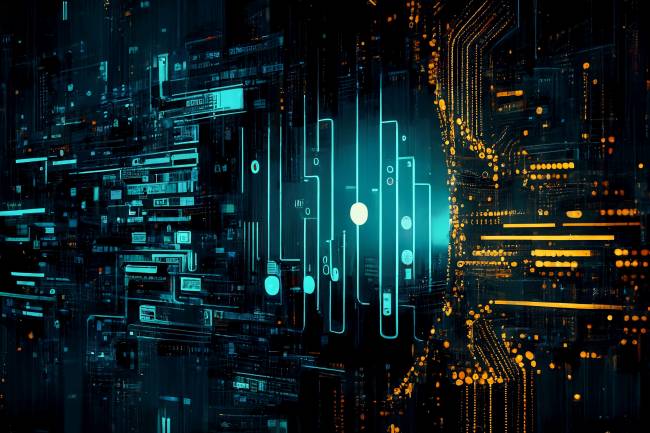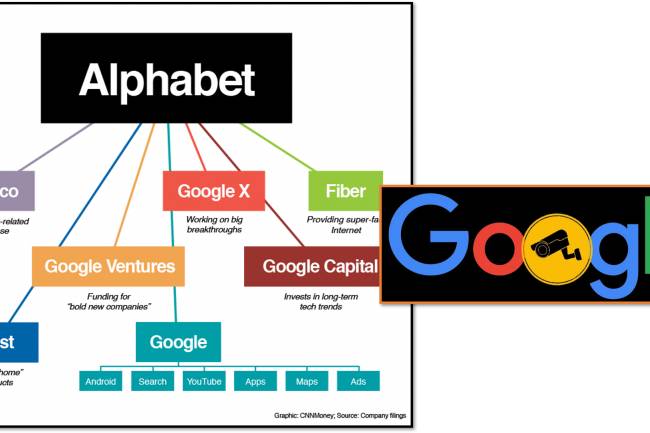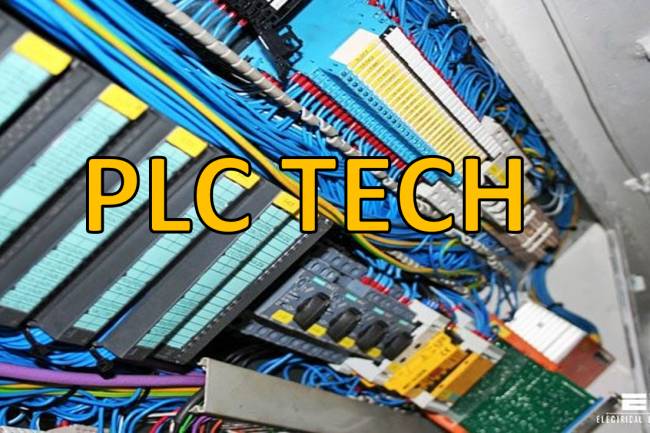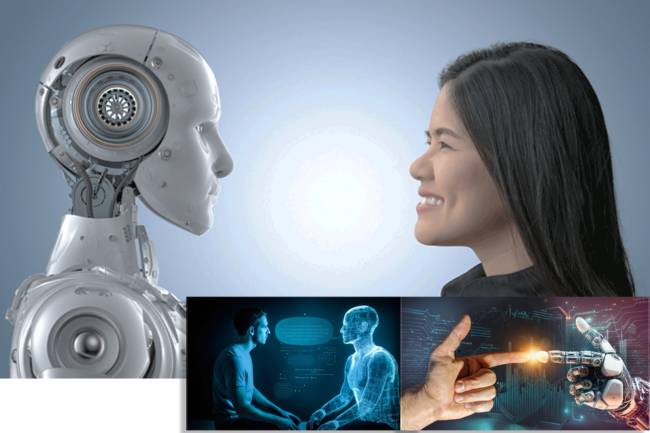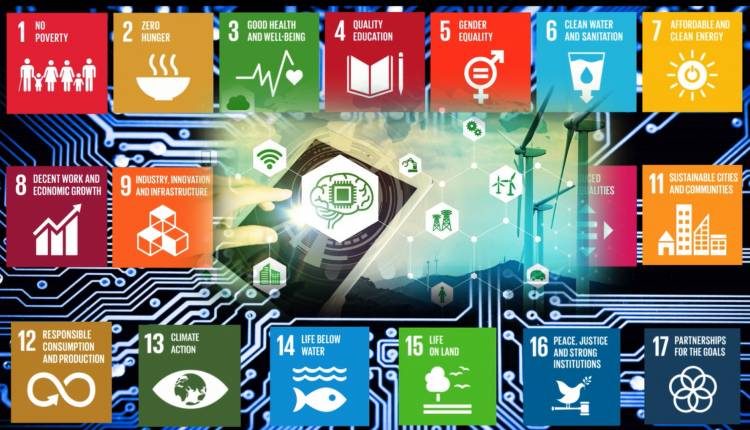
Economic Sustainability with AI
Economic Sustainability Through AI: A Deep Dive
Artificial intelligence (AI) is rapidly transforming the global economy, offering immense potential to advance economic sustainability. This includes using AI to foster long:term economic growth while ensuring environmental protection and social equity. Here’s a detailed look at how AI contributes to economic sustainability:
Table of Contents
Economic Sustainability Through AI: A Deep Dive. 1
1.Increasing productivity and efficiency: 1
2. Driving innovation and new business models: 1
3. Creating new job opportunities: 2
4. Promoting resource efficiency and a circular economy: 2
5. Addressing Climate Change and Environmental Challenges: 2
Challenges and Considerations: 2
10 Key Points for Economic Stability Through AI 3
What is economic stability?. 3
How is AI used in sustainability?. 4
What are the economic impacts of AI?. 4
What is AI for Sustainability?. 4
1.Increasing productivity and efficiency:
- Automation: AI automates repetitive tasks across industries, from manufacturing to customer service, freeing up human workers for more creative and strategic roles. This increases productivity and reduces costs.
- Optimization: AI algorithms can analyze vast data sets to improve processes, from supply chain management to energy consumption. This results in resource efficiency, reduced waste, and improved decision making.
2. Driving innovation and new business models:
- Research and development: AI accelerates research by analyzing complex data, identifying patterns, and generating new ideas. It drives innovation across a range of sectors, leading to new products, services, and industries.
- Personalized experiences: AI enables personalized recommendations and experiences for consumers, increasing customer satisfaction and creating new revenue streams for businesses.
- Predictive analytics: AI can predict market trends, customer behavior, and potential risks, helping businesses make informed decisions and adapt quickly to changing circumstances.
3. Creating new job opportunities:
- AI-related jobs: The development, deployment, and maintenance of AI systems creates new job opportunities in fields such as AI engineering, data science, and AI ethics.
- Human-AI collaboration: AI enhances human capabilities, allowing workers to focus on tasks that require creativity, critical thinking, and emotional intelligence. This leads to new forms of human-AI collaboration and job roles.
4. Promoting resource efficiency and a circular economy:
- Sustainable resource management: AI can improve the use of natural resources such as water and energy by analyzing data and identifying areas for improvement.
- Waste reduction: AI-powered systems can improve waste management processes, from sorting and recycling to reducing waste generation.
- Circular economy: AI can facilitate the transition to a circular economy by improving product design for reuse and recycling, and creating new business models based on sharing and reusing resources.
5. Addressing Climate Change and Environmental Challenges:
- Renewable Energy: AI can improve the integration of renewable energy sources into the power grid, ensuring efficient distribution and reducing reliance on fossil fuels.
- Climate Modeling: AI can analyze climate data to improve climate models and forecasts, helping us better understand and address climate change.
- Environmental Monitoring: AI-powered sensors and drones can monitor environmental conditions, detect pollution, and detect deforestation, enabling timely intervention and conservation efforts.
Challenges and Considerations:
- Job Displacement: While AI creates new jobs, it also raises concerns about job displacement in some sectors. This requires proactive measures for workforce retraining and social safety nets.
- Ethical concerns: AI algorithms can perpetuate bias and lead to unfair or discriminatory outcomes. Ensuring fairness, transparency, and accountability in AI systems is essential.
- Data privacy: AI relies on vast amounts of data, raising concerns about data privacy and security. Strong data protection measures are essential.
- Skills gap: The demand for AI-related skills is growing rapidly, creating a skills gap. Investment in education and training is essential to ensure a workforce equipped for an AI:driven economy.
Conclusion:
AI has the potential to be a powerful engine for economic stability. By increasing productivity, fostering innovation, and resource efficiency, AI can contribute to long-term economic growth while addressing environmental and social challenges. However, addressing the challenges and ethical concerns associated with AI requires ensuring that its benefits are widely shared and contribute to a more sustainable and equitable future.
_______________________________________________________
10 Key Points for Economic Stability Through AI
1. Increased Productivity: AI automates tasks, improves processes, and increases output across industries.
2. Innovation and Growth: AI accelerates R&D, leading to new products, services, and entirely new industries.
3. Resource Optimization: AI manages resources more efficiently, reduces waste, and promotes sustainable consumption.
4. New Job Creation: AI drives demand for specialized roles in development, deployment, and maintenance.
5. Better Decision Making: AI: powered analytics provide insights for better business strategies and risk management.
6. Personalized Experiences: AI enables personalized experiences for customers, increasing satisfaction and revenue.
7. Circular Economy: AI supports circularity through reuse, recycling, and repurposing of resources.
8. Climate Change Mitigation: AI helps in renewable energy integration, climate modeling, and environmental monitoring.
9. Supply chain optimization: AI improves logistics, reduces costs, and increases supply chain flexibility.
10. Global competitiveness: AI adoption increases a country's competitiveness in the global market.
__________________________________________________
Q/A
What is economic stability?
Economic sustainability refers to practices that support long-term economic development without negatively impacting the social, environmental, and cultural aspects of a community.
How is AI used in sustainability?
From managing complex supply chains to improving the energy grid, AI enables companies to measure, predict and improve environmental impacts in ways that traditional methods cannot match.
What are the economic impacts of AI?
In contrast, in a paper published in the August issue of Economic Policy, “Simple Macroeconomics of AI,” Acemoglu estimates that over the next decade, AI will generate a “modest increase” in GDP of between 1.1 and 1.6 percent over the next 10 years, with an annual increase in output of about 0.05 percent.
What is AI for Sustainability?
GreenFi's AI for Sustainability is an innovative software solution designed to transform due diligence, risk management and ESG (environmental, social and governance) reporting processes for sustainable finance and supply chain management.
- GreenFi is a SaaS based ESG Risk & Due Diligence Software. Our podium helps Economic Institutions and Corporates with ESG Due Diligence, Risk Assessments etc.
- Environmental, Social, and Governance (ESG) due diligence is a process that evaluates a company's act and risk factors in these areas.


